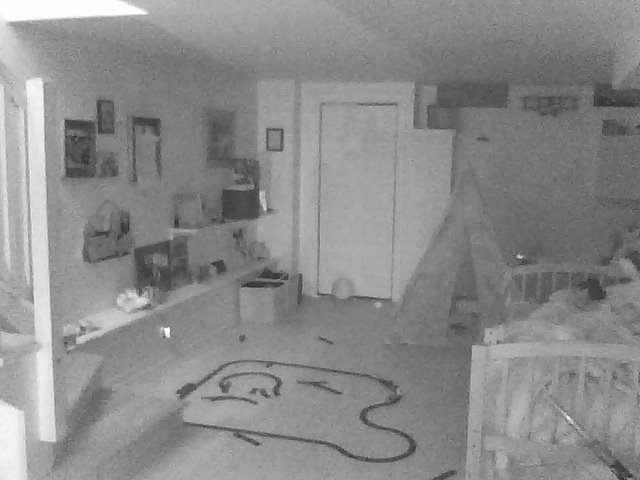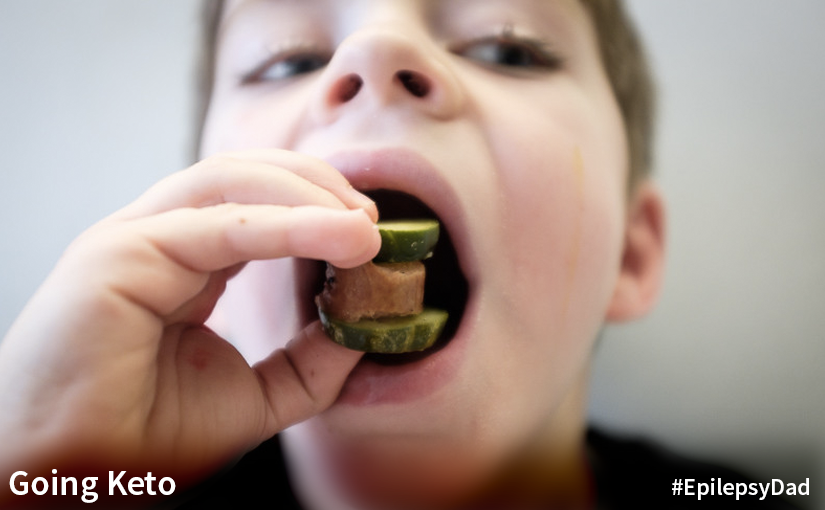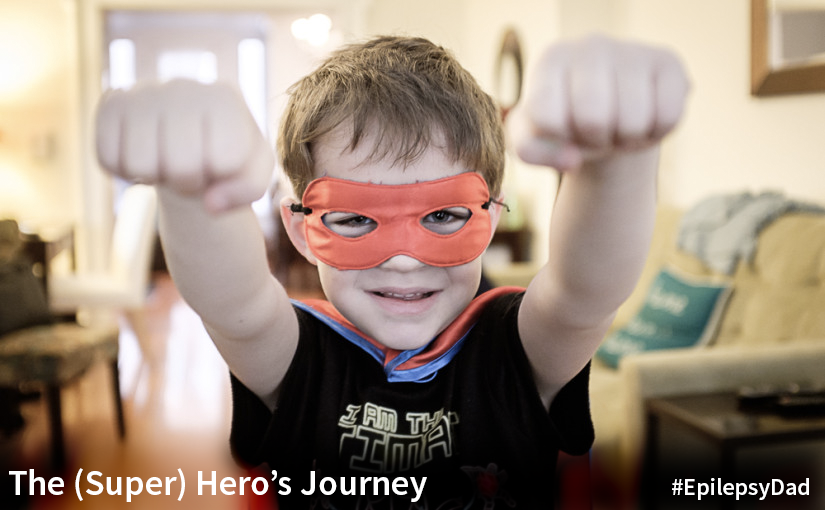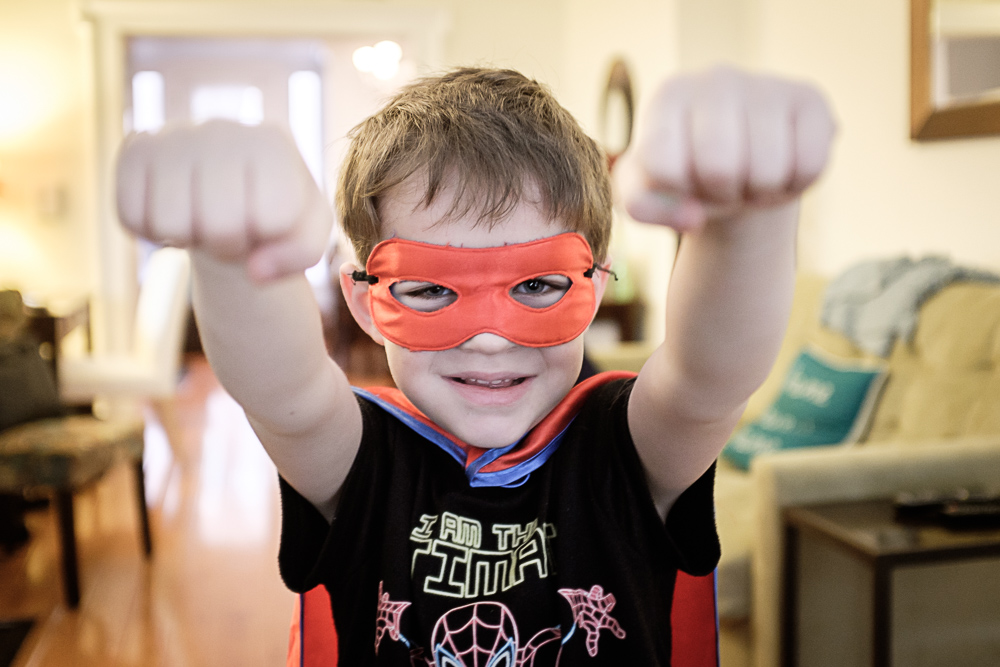For the past eight nights, our house has been silent. Our son has gone to bed and woken up without a seizure, without a sound. For the last few months, he has a string of seizures in the early morning, echoing their call throughout the house. But for just over a week, shortly after starting the ketogenic diet, his seizures had stopped, and I had just begun to forget that sound. I had just begun to stop expecting that sound.
But then, a day after he moved back in to his own bedroom, a sound carried up the stairs and down the hall. At first, I thought it was my wife singing in the bedroom, or the call of the fans rumbling through the hockey game on the television. But after my wife shut the door, and after I muted the television, the sound once again filled the room. Down in his room, our son was having more seizures.

I got ready for bed and headed down to his room. Our monitors are still not here, and as much as our bodies resent the lack of sleep that came with having him staying in our bed, I wasn’t ready to trust that his seizures were temporary and that they wouldn’t cluster. So I found a space in the corner of his twin bed, and I laid with my son until he fell asleep. I listened as he had another handful of seizures, and another few in the early morning.
Although we are still very much struggling with some lingering issues during the day, I was eager to return to a quiet house at night and to a restful sleep. I was ready to assume that the noise I heard at night was my wife watching some terrible show on CBS or a drunken neighbor stumbling home after a night out. But for now, I must still keep that part of my brain active that can pick up every sound and distinguish Madam Secretary from a myoclonic seizure, from knowing which is damaging a brain in my house and which is just a seizure.
There are days like today when I wonder if I will ever sleep soundly again. I wonder whether I will over not worry that every sound I hear is my son having a seizure and whether I need to rush down to his room to make sure he has recovered. Living on the edge, all day and all night long, is taking a toll.
There is so much uncertainty, so much to react to, so much to be cautious about. But I am hopeful for the day when the worst thing that I will hear at night is another show on CBS.


